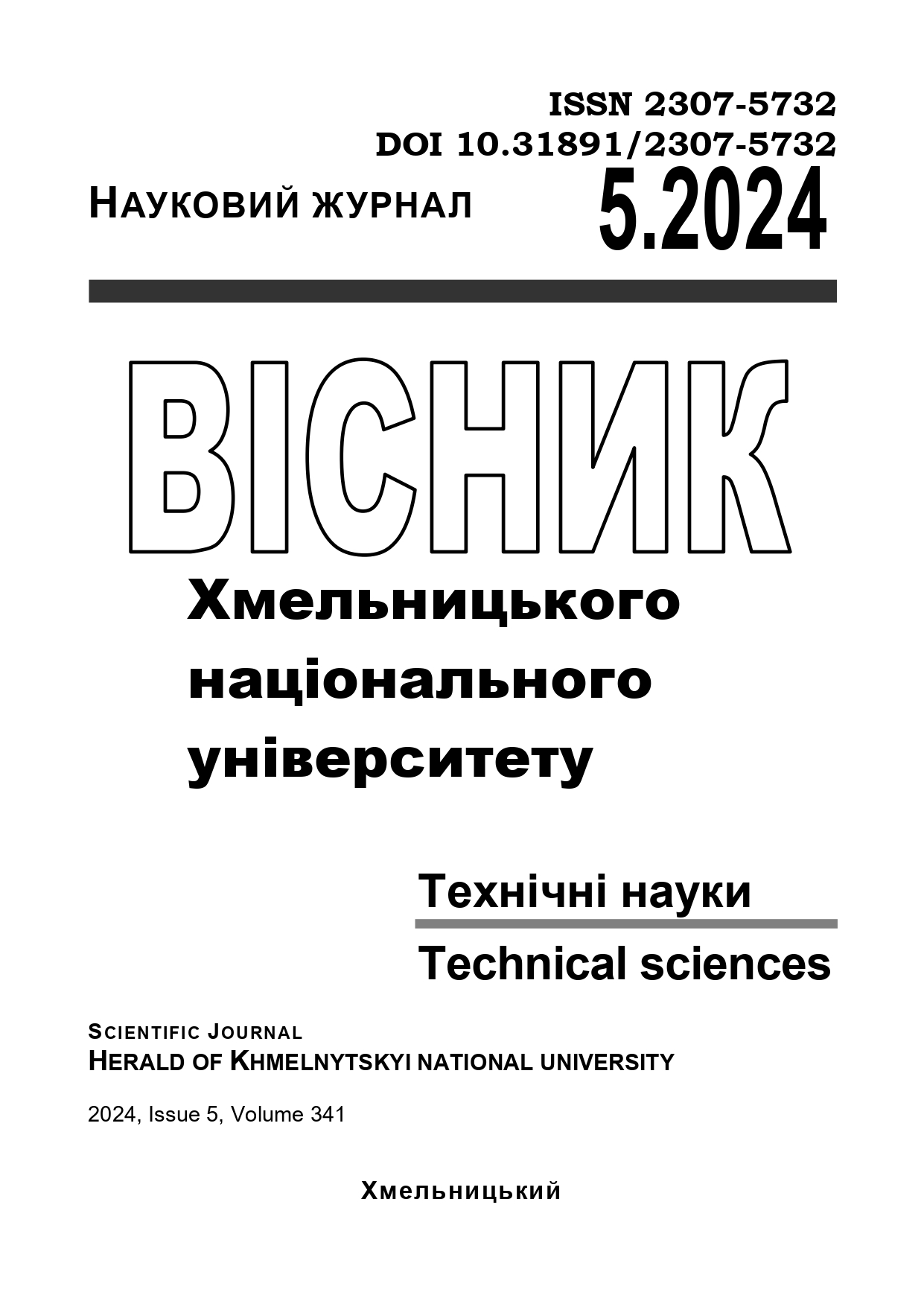COOPERATION OF INDUSTRY 4.0 AND THE INTERNET OF THINGS IOT
DOI:
https://doi.org/10.31891/2307-5732-2024-341-5-10Keywords:
Industry 4.0, Internet of Things, technology, intelligent sensors, automationAbstract
The work shows real examples of the cooperation of Industry 4.0 and the Internet of Things (IoT), which allows creating intelligent, automated systems that increase productivity, reduce costs, and optimize the use of resources in various industries.
At the current stage of the company's development, information systems (hereinafter - IS) and information technologies (hereinafter - IT) are constantly developing. The term "Industry 4.0" is understood as a qualitative transition from standard production involving large human resources to fully automated digital production controlled by IS in real time and with the external environment. The term "Industry 4.0" has become synonymous with the fourth industrial revolution. Its essence is that today the material world is connected with the virtual world, as a result of which new cybernetic-physical complexes are born. Some big digital companies have started building IoT platforms and now there is quite a large market for these platforms. The adoption and use of IoT is a great prospect for every company, IoT brings huge benefits to business, even in the area of reducing production and service costs by reducing production costs and development opportunities for organizations that are not yet using this technical solution.
The work presents the principles of using the Internet of Things in the electric power industry and in the field of health care. The peculiarities of the automation of agricultural activities are defined, the sphere of influence of the Internet of Things on agriculture is substantiated, namely on precision agriculture, management of agricultural transport, "smart farms", "smart greenhouses". The principles of using the Internet of Things in the field of logistics are indicated. It is emphasized that the Internet of Things is one of the main priority directions for solving the issue of reducing costs and delaying cargo in transit, increasing the transparency of operations and minimizing human participation in these processes.

